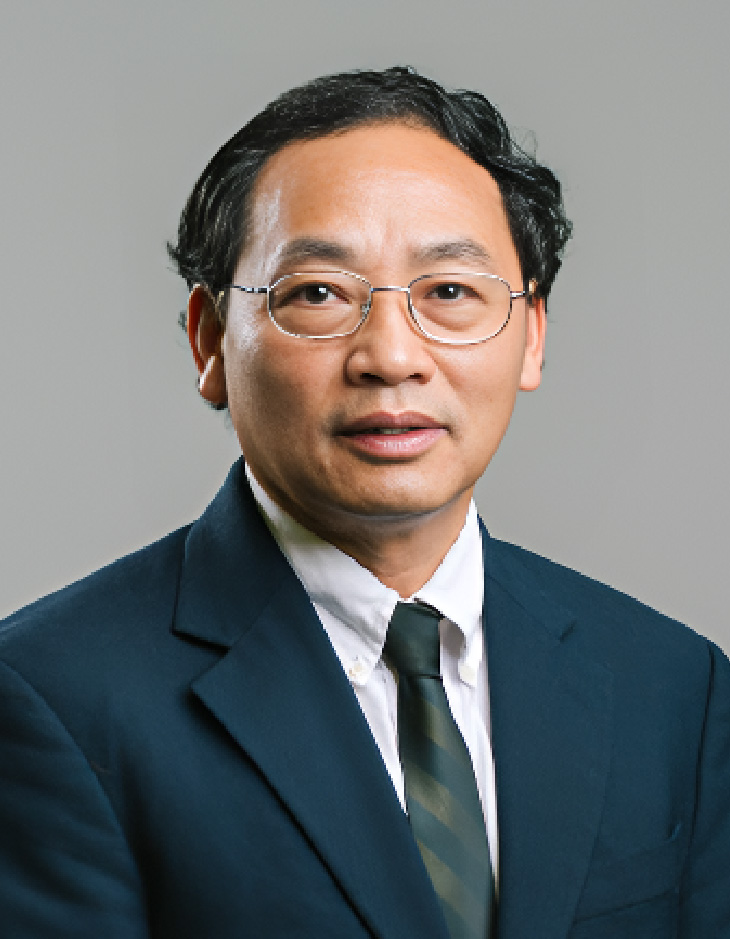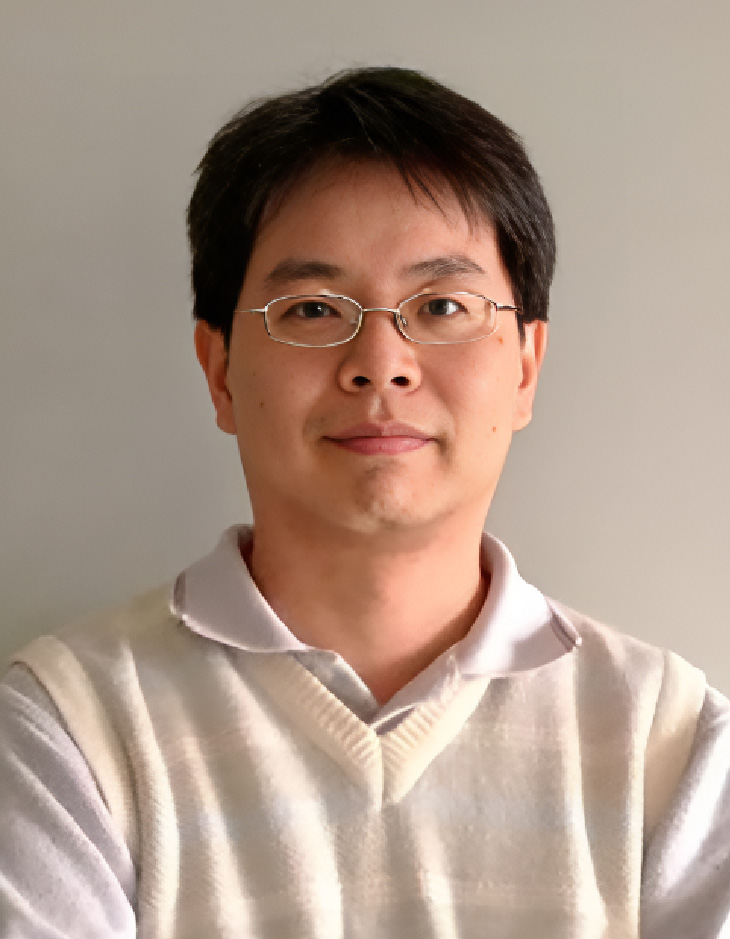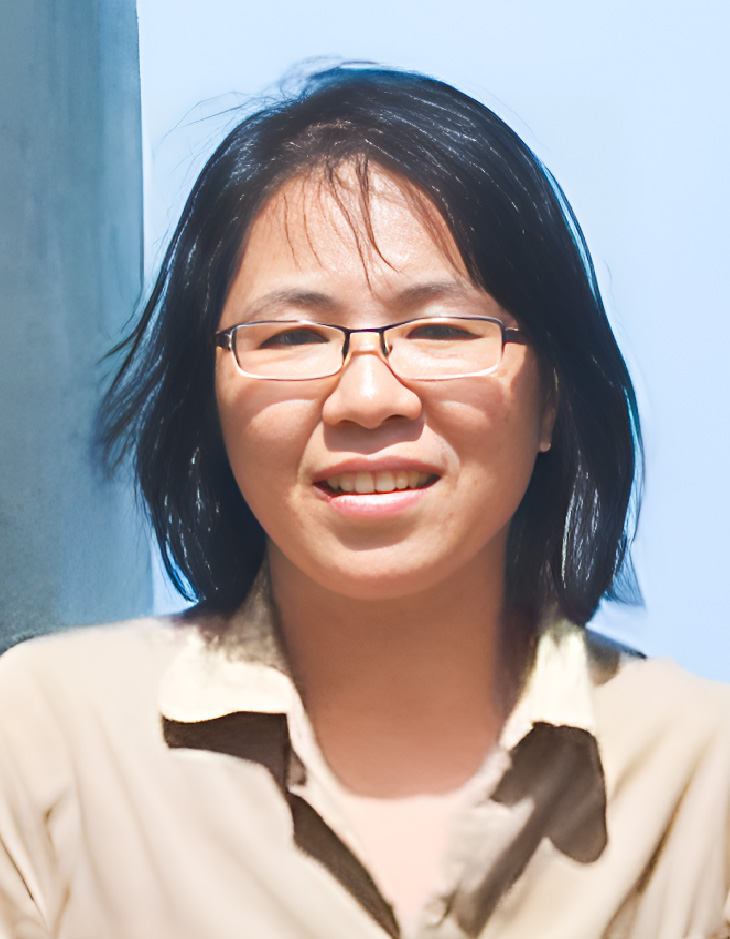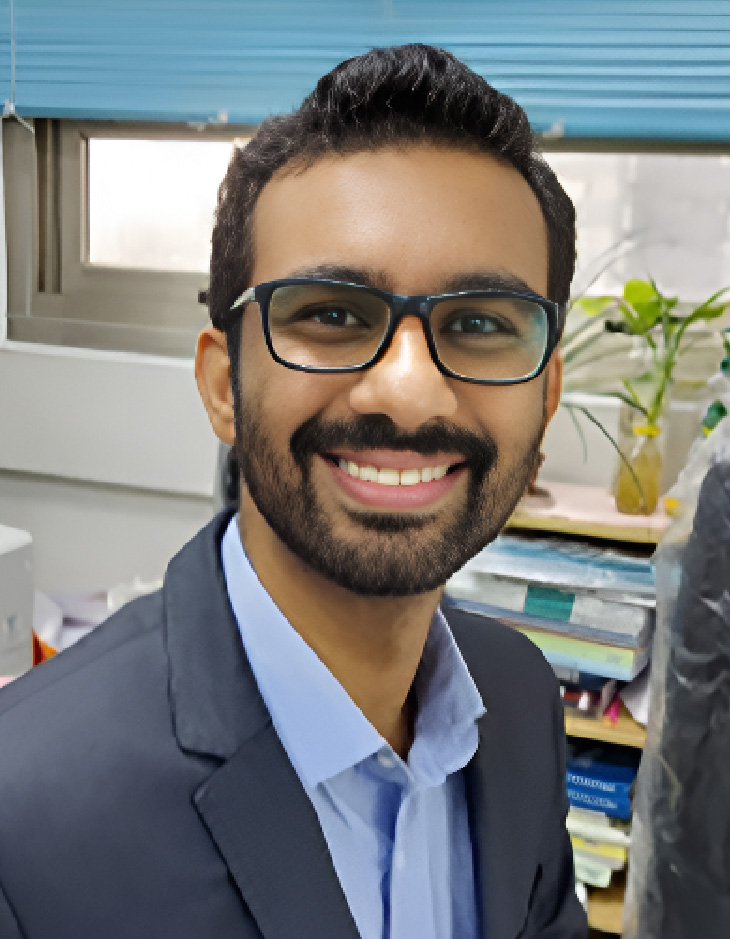Prof. Zhi Feng Ren
(Department of Physics and Texas Center for Superconductivity at the University of Houston (TcSUH), University of Houston, Houston, TX 77204, USA; zren@uh.edu)
Title
Progress on Thermoelectric Materials, Devices, and Measurements
Abstract
Modules based on thermoelectric materials can either generate cooling/heating using electrical power or electrical power from heat, which is very much needed for some applications. However, the thermoelectric properties of the traditional materials are not good enough to make efficient modules to compete with the traditional coolers using compressors or steam engines. However, in the past fifteen years, we have been able to not only achieve some good progress in improving the thermoelectric properties of traditional materials but also discover new materials with better properties and lower costs. At the same time, thermoelectric modules have also been extensively studied resulting in record-breaking cooling and power generation devices. In this talk, I will present the advances in both materials and devices.




